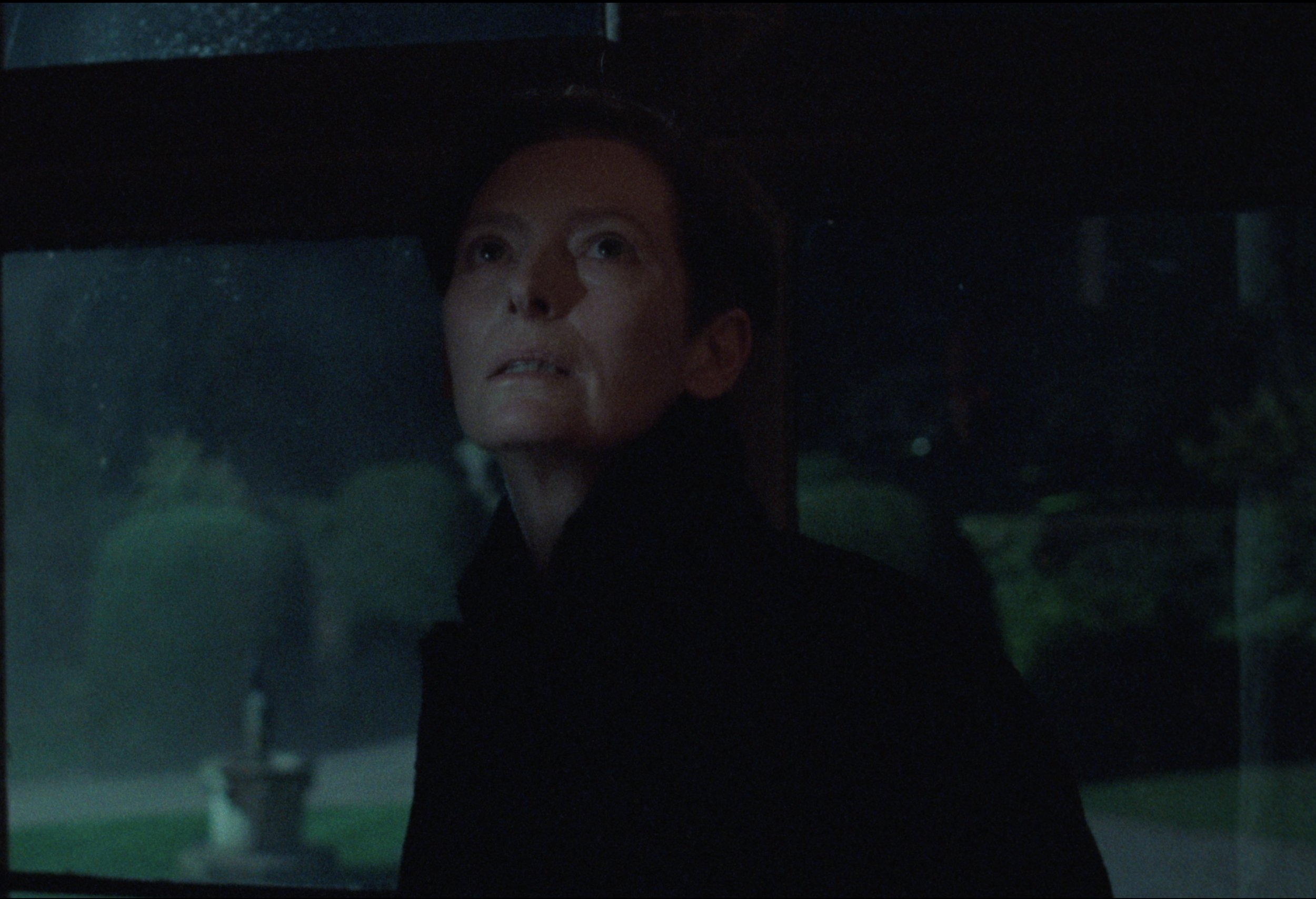The Whale Directed by Darren Aronofsky
The Whale
Directed by Darren Aronofsky
Starrings: Brendan Fraser, Sadie Sink, Hong Chau, Ty Simpkins, Samantha Morton, Ryan Heinke, Huck Milner
Country: USA
Year 2022
Author Review: Shane Virunphan
Click Here for Italian Version
“Who would want me to be part of their life?”
Compulsive uncontrolled eating can depend on a reaction to trauma, such as grief.
The anguish, due to the loss of a loved object, can manifest by eating a lot. Too much, and above all, any kind of junk and rubbish food, without tasting and without pleasure of conviviality.
Obesity can cause heart attacks, strokes, hypertension, diabetes, cancers.
“Better a dish of herbs where love is than a fatted ox and hatred with it.” (Proverbs 15:17).
Thomas, a devout Christian missionary, should have mentioned this Bible verse to Charlie. Charlie is the super obese film protagonist in The Whale directed by Darren Aronofsky presented at the 79th Venice Film Festival.
Also, Thomas should have reminded him of the Song of Songs. Charlie's body has disappeared all comparison to wine, myrrh, lily, apple tree, dove, fig tree, vines, pomegranates, nard, saffron, calamus, cinnamon, incense tree.
Videocall. Charlie, an English teacher, has an online class with his students. Laptop screen close-up. There are many boxes with pictures of who is logged in. Lots of young students. Only one box is black, the camera is off, it is that of the teacher.
Why doesn't Charlie turn on the cam? What is he hiding?
Charlie is ashamed because he has severe obesity. He is very chubby. He is a whale. His legs can't support him. He moves with difficulty, only for urgent needs and using a walker. He remains seated in a large armchair. He spends his time gobbling down junk food, giant baskets of fried chicken. In every place, he hides disgusting and fatty snacks that he swallowed without chewing.
A boy knocks on his door. He is Thomas, a Christian Church of New Life preacher. He enters while Charlie is jerking off frantically, watching a gay porn on his computer. His orgasm is terrible, repulsive.
Charlie's clinical analysis is very bad and his life expectancy is very short. Meanwhile, two people come into his existence. One is Thomas, the missionary, who insists on meeting him in order to save him. The other is Ellie, the rebellious, irritating, contemptuous teenage daughter.
Conflict breaks out among them, each has its own reason. Their dispute is disruptive for Charlie, he is dying and he does not care.
The topics of the plot are touched on. The director's topics create an understood emotion: obesity, homosexuality, death, mourning, generational conflicts.
For Darren Aronofsky, these themes are grouped under the noun 'humanity':
“Those on stage are all human and profound characters and it seemed a good place to invest my imagination».” (1)
The events inside Charlie's flat are a microcosm of daily life. Everyone has both good and evil in his soul. Hard and insensitive behaviours cover up the ability to love and be generous. The director says his idea:
“There is a cynical point of view in the film, which is that of his daughter. Ellie fights against Charlie's optimism and loving vision. I think people aren't capable of not loving, just like a sentence in the film that I love a lot. This is the most important message I want to send to the world. Everyone is embracing the dark side but instead, we have to embrace the idea that we all love and we have to grab on to that.” (2)
For Aronofsky, everyone is capable of love. Sometimes defensive attitudes are a representation of the dark side of a person.
However, can the characters of The Whale love? They definitely have a dark side.
Spirituality also necessitates a physique, a carnality. Sensitivity lives in an organism. Aronofsky describes corporeality with a metaphor, the exhortation not to judge a book by its cover:
"In this film, one of the main themes is certainly that it is not possible to judge a book by its cover. It can't possibly judge any of these characters by a first impression. The way Charlie, the English teacher, pushes his students to seek the truth behind appearances is inspiring.” (3)
Reality is different: people judge by the cover.
The characters represent Aronofsky's thoughts.
Charlie is kind, polite, cultured, keeps repeating "I'm sorry". His dark side is his deformed body. If Charlie were ugly, it would not be a problem. Even ugly men get engaged, get married, have fulfilling relationships. Charlie is in a worse situation, as Ellie defines him: "you're disgusting." His dimension seems to be caused by pain and death. Instead, his fatness does not come from his boyfriend's passing away. The reasons are his self-destructive, weak, impious, melancholy, lazy, indolent, listless, abulic, stingy personality.
Ellie has a flashy dark side. She is mean, harsh, edgy, ironic, cynical, ruthless, angry, short-tempered. She has merit; she uses these negative elements for gestures of goodness. She helps Thomas reconcile with his family and allows his father to read her an old her essay.
On the contrary, Thomas is completely in the light. Charitable, good, selfless, right, naive. He really wanted to support Charlie. He did not know him, and he is not disgusted by his unpleasant materiality. Unlike the others, Charlie's physicality leaves him indifferent. Thomas is sincerely worried about his spirituality. He wants him in heaven. Ellie repaid him with insults, while Charlie and Liz, his disagreeable and stalking nurse, treated him with cultural snobbery.The dark side of Thomas is his escape.
The tension and anxiety are intense. The director's skill is in conveying these concepts with a simple plot that is enhanced by Charlie's weight. The reading is various; it could also be translated into other malformations.
The main feature of the film is obviously its narrow and unique location. The setting is totally Charlie's house. A theatrical dimension. The choice is delineated by Darren Aronofsky:
“With Mother! I directed a film limited within the walls of a house. Here, I wondered what it would have been like to do the same with a character who was not very agile. Matthew Libatique, (the director of photography, ed) and I discussed a lot to understand how that character could become cinematic. When I saw the first editing of the film, the most difficult moment of a director's life, I felt a sense of relief. I didn't feel claustrophobic, thanks to the writing of the script and the use of the camera." (4)
There is no claustrophobia, despite Charlie's static nature. However, the other characters move a lot. They go in and out continuously. Particularly Ellie, who squirms in contrast to the agonizing slowness of her father. Furthermore, the camera is always on the actors, who respond adequately to the director's requests.
Although the action does not leave of a single building, the setting is equally detailed. Charlie's flat is alive. It even seems to smell the stench coming from nauseating leftover food scattered everywhere. The mess is embarrassing, the confusion is total. Nobody cleans. The actors move at ease amidst the chaos.
The goal is to eliminate the abysmal distance between Charlie and his daughter. With Thomas' help, there will be an understanding: Moby Dick, another huge whale, is alone as he wanders the deep waters of the ocean.
The director is not interested in body-shaming theories. Charlie considers himself contemptible. In the finale, the teacher, Charlie, finds the courage to turn on his video camera during the lesson. It is his teaching, the truth must prevail. Despite the limited space, the filmmaker has the ability to place the camera to highlight the characters' abilities.
The atmosphere is suitable for the Covid-19 period. No one must leave the house.
https://www.spettacolo.eu/venezia-79-conferenza-the-whale/ Translated by the author.
https://hotcorn.com/it/film/news/darren-aronofsky-intervista-the-whale-film-a24-brendan-fraser-storia-sadie-sink/ Translated by the author.
















Are cannibals evil? Follows this idea Luca Guadagnino in the film Bonus and All presented at the 79th Venice Film Festival. Luca Guadagnino follows this thought. He believes he is Dante Alighieri when he writes about Ugolino della Gherardesca in the Antenora, the second zone of the ninth circle of Inferno in the Divine Comedy.